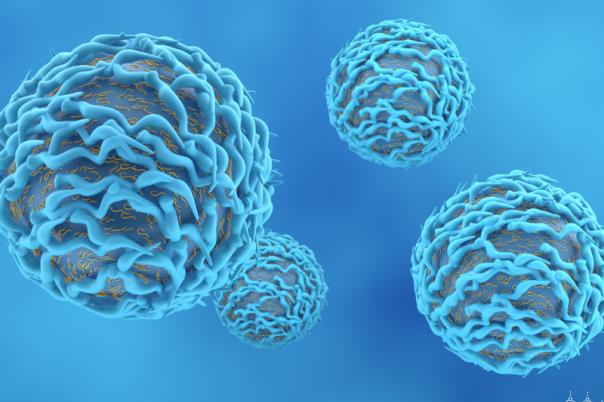Cancer drug discovery is a time consuming, expensive, and failure ridden process, with some estimates suggesting as many as 95% of new drug candidates failing clinical trials. Nonetheless, as global cancer rates increase, the mission of discovering new drugs for cancer indications remains one of the most important challenges that face the current generation.
Graham Ball, Director of the Medical Technologies Research Centre at Anglia Ruskin University, suggests in this presentation that the limited knowledge of disease pathways contributes to this high rate of failure. He said that typical pathways on the Kyoto Encyclopedia of Genes and Genomes (KEGG) take a reductionist view centred on generic biology rather than disease biology.
According to Ball, one problem has been an overemphasis on fold change. Magnitude of expression is not the only factor that’s important, Ball explains that the subtleties and interplay within the biology is often overlooked.
They use a machine learning approach, making use of a ‘swarm’ of shallow models which take lots of different small views of the data. Then they assemble their outputs into a larger ensemble which has the advantage of being more explainable and traceable compared to a larger all-inclusive model.
Intellomx, a Nottingham Trent University spin out, operates three methods: Distiller finds biomarkers with enrichment with a low possibility of false discovery; Pathway Miner applies Distiller to scan pathway networks, filling in the gaps; and Driver identifies interactions between molecules in the context of disease for the discovery of potential drug targets.
Ball demonstrated his team’s approach with a case study looking at the P53 pathway in breast cancer. The P53 pathway is a Swiss army knife of tumours: commonly mutated, with a role in tumour regulation and potential as a drug target. Pathway enrichment and network inference models are used to identify influential molecules and interactions within disease contexts, leading to potential drug targets.
The approach is being extended to multi-omics data, including methylation, transcriptomics, and proteomics, as well as single-cell RNA sequencing data. Validation of the approach has led to the discovery of new drug targets, with ongoing efforts to apply the methodology to various tissues and disease states.




